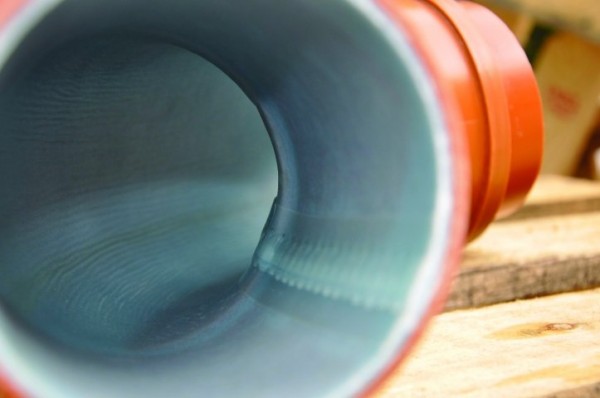
Cured-In-Place Pipelining (CIPP) is the future of pipelining technology. As an emerging leader in Cured-In-Place solutions, US Pipelining, LLC., is highly specialized in the application and design of CIPP repair and restoration. Recently, US Pipelining completed a major refinery restoration in Delaware City, Delaware. This restoration comprised of CIPP rehabilitation to nearly 1500 linear feet of pipe with diameters ranging from 15 – 28 inches.
This highly specialized venture highlights US Pipelining’s position as a leader in CIPP restoration. With experience in industrial, commercial, and municipal CIPP restoration, this project is one of many in their growing portfolio. Past notable projects include work with Shell-Royal Dutch Petroleum, Exxon Mobile, Chevron, and the Mexico refining giant PEMEX.
What is Cured-In-Place Pipelining?
Cured-In-Place Pipelining, or CIPP, is a non-invasive total structure restoration application. Built to last for at least 50 years CIPP is a highly effective chemical-resistant pipe repair solution.
At 40-60% less expensive than traditional dig and replace pipelining repair, CIPP has become popular in a variety of industries. Gary Horwedel, US Pipelining’s General Manager highlights this: “Cured-In-Place pipelining has become a widely used and accepted technology globally as a low-cost alternative to trench and replace.”
How is CIPP done?
As part of the CIPP installation, the pipe is turned off or diverted then cleaned and inspected. During this time, the damaged or deformed pipe is repaired. The liners are made out of a non-woven polyester felt that is then filled with a polymer resin and cured. After extensively testing this newly formed liner to ensure that they can hold up to the conditions in the repaired host pipe they are coated to boost their integrity and lifespan.
“Industry can either close down operations, interrupt traffic flow to dig and replace failing infrastructure or, option a non-invasive rehabilitation process which rehabilitates the failed pipe from the inside out without the need for excavation. Companies and municipalities worldwide are now opting for a faster, more cost-effective means of rehabilitation. That is our cured-in-place (CIPP) technology,” Horwedel noted.
US Pipelining has been completing pipe rehabilitation and restoration for over 25 years. The highly technical and specialized team has worked with a large array of clients and applications. With experience with international fortune 500 companies, government entities, and both commercial and residential high-rises buildings US Pipelining is a leader in CIPP solutions.
“US Pipelining is one of a handful of companies globally who provide CIPP technology for pipes ranging in diameter from 4 inches to 120 inches,” states Horwedel. “There are very few conditions we have not seen or reconciled.”
Cured-In-Place Pipeline restoration is a cost-effective trenchless pipe rehabilitation method used to repair existing, or host, pipelines. Its jointless and seamless capacity ensures that the host pipe is structurally sound and safe. With applications for diameters from 4 to 20 inches, CIPP solutions are almost universally applicable. This non-invasive pipe rehabilitation method can be used for water, sewer, gas, and chemical pipelines.